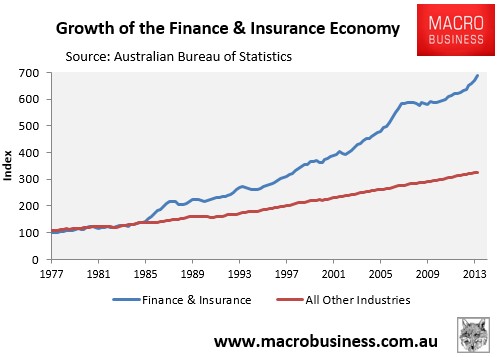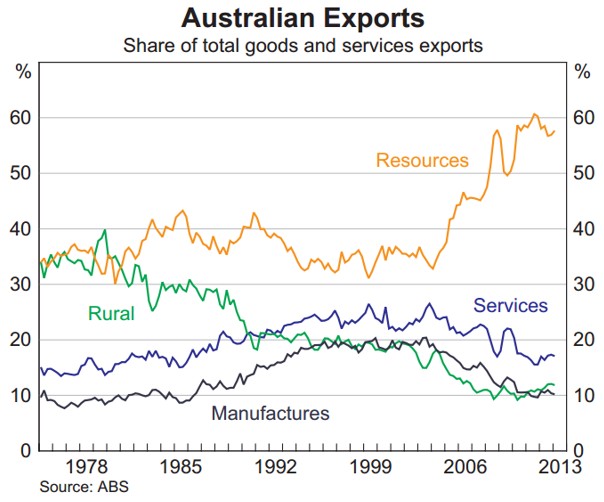
Dr Tim Williams, chief executive of the Committee for Sydney, yesterday gave an extraordinary speech to the National Growth Areas Alliance Congress in Adelaide, arguing that Australia’s cities have become the “orphans of public policy” and demanded that they receive a greater share of public funding for infrastructure. From The AFR:
“Australian cities are the real orphans of public policy”…
“They create most Australian wealth but their role is not recognised in Federal policy and their infrastructure is not a focus of the federal government’s funding plans. This has to change, in the national interest”…
“The federal government takes from the cities but on present plans, it will give little back as reinvestment in the wealth-making engines of national growth”…
“The danger from this underfunding of our cities is not just that the nation will not be investing in the real engine of national economic success”…
Dr Williams’ claim that Australia’s cities are the drivers of Australia’s wealth and demand greater taxpayer resources is ridiculous.
Australia’s economic model is already far too city-centric. While it is true that the cities contribute the lion’s shares of economic activity, this is largely because they are home to Australia’s finance and insurance industries, whose activity has exploded on the back of Australia’s record high mortgage debt and inflated housing market, as well as compulsory superannuation (see next chart).

The rapid growth in the finance and insurance industries has come about through deliberate government policies, including tax lurks such as negative gearing and capital gains tax concessions, as well as urban consolidation policies, which have inflated land/house values and household debt. Compulsory superannuation has also driven resources to the funds management industry primarily operating out of Sydney and Melbourne.
In effect, Australia’s housing policies and compulsory super system have transferred economic rents to the CBD from elsewhere. And diverting yet more of the nation’s capital into the cities via increased infrastructure investment (at the expense of the regions) will only exacerbate this outcome.
Dr Williams has also failed to acknowledge that rural and regional areas provide Australia with not only its food, but also the lion’s share of its export revenue, which is effectively what pays for Australia’s imports (consumed mostly by city dwellers):

Surely if Australia’s city-based services industries were so productive, and were the nation’s “wealth generators”, then the world would be queuing up to buy our exports. Yet, as shown above, they are doing no such thing, with services exports in steady decline over the past decade.
Bigger cities mean a less competitive economy and a wider current account – hardly a desirable situation.
Measuring progress based merely on the value of economic activity is not particularly useful. We cannot prosper by being city-centric and selling each other houses, financial advice and cappuccinos. Rather, Australia needs a well-diversified, balanced, economy with a wide range of industries. Not an economy increasingly based on ticket-clipping and rent-seeking, whereby the spoils flow to a small group of city elites at the expense of everyone else.
This is not to say that infrastructure investment should not be increased. But rather that it should be based upon rigorous cost-benefit analysis, which delivers the highest productivity gain at lowest cost, regardless of location – city or country.

